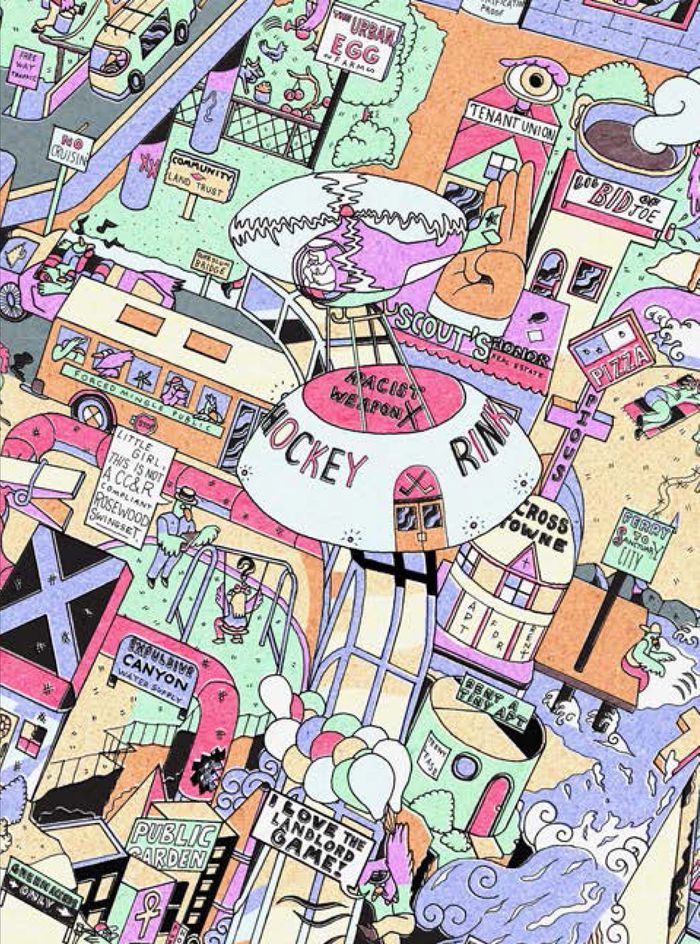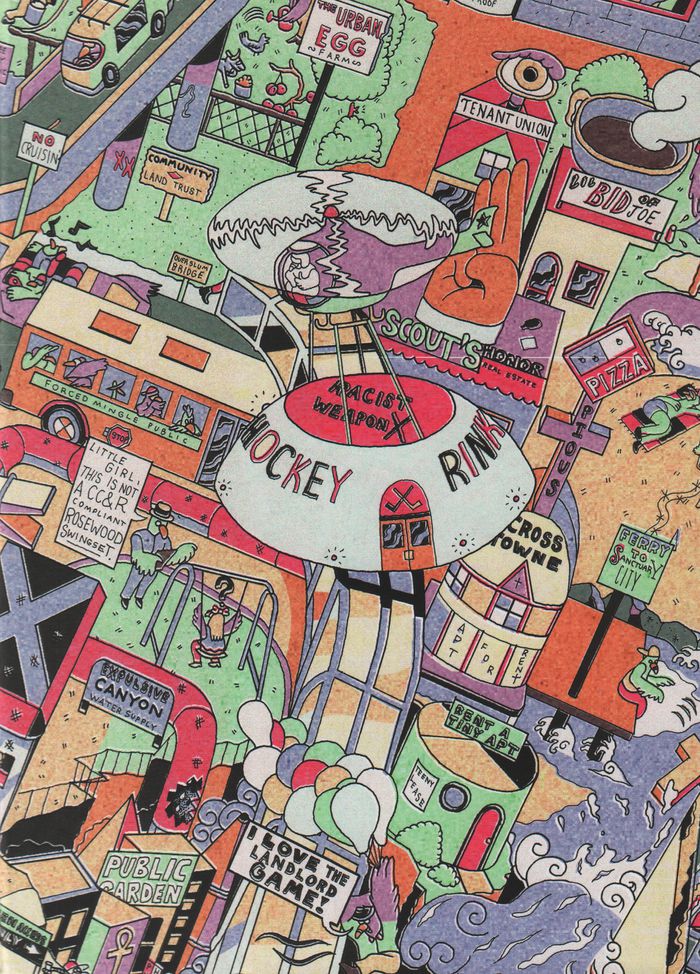$59.95
(available to order)
Summary:
Who gets to be where? ''The arsenal of exclusion & inclusion'' examines some of the policies, practices, and physical artifacts that have been used by planners, policymakers, developers, real estate brokers, community activists, and other urban actors in the United States to draw, erase, or redraw the lines that divide. The Arsenal inventories these weapons of exclusion(...)
Architectural Theory
June 2021
The arsenal of exclusion and inclusion (revised)
Actions:
Price:
$59.95
(available to order)
Summary:
Who gets to be where? ''The arsenal of exclusion & inclusion'' examines some of the policies, practices, and physical artifacts that have been used by planners, policymakers, developers, real estate brokers, community activists, and other urban actors in the United States to draw, erase, or redraw the lines that divide. The Arsenal inventories these weapons of exclusion and inclusion, describes how they have been used, and speculates about how they might be deployed (or retired) for the sake of more open cities in which more people have access to more places. With contributions from over fifty architects, planners, geographers, historians, and journalists, ''The arsenal'' offers a wide-ranging view of the forces that shape our cities.
Architectural Theory
$66.95
(available to order)
Summary:
101 Things that Open and Close the City. 50 leading experts provide tools for analyzing how the Open City is made and unmade. Urban History 101 teaches us that the built environment is not the product of invisible, uncontrollable market forces, but of human-made tools that could have been used differently (or not at all). The Arsenal of Exclusion & Inclusion is an(...)
Arsenal of exclusion/inclusion: 101 things that open and close the city
Actions:
Price:
$66.95
(available to order)
Summary:
101 Things that Open and Close the City. 50 leading experts provide tools for analyzing how the Open City is made and unmade. Urban History 101 teaches us that the built environment is not the product of invisible, uncontrollable market forces, but of human-made tools that could have been used differently (or not at all). The Arsenal of Exclusion & Inclusion is an encyclopedia of the human-made tools used by architects, planners, policy-makers, developers, real estate brokers, activists, and other urban actors in the United States to restrict or increase access to the spaces of our cities and suburbs. The Arsenal of Exclusion & Inclusion inventories these tools—or what we call weapons—examines how they have been used, and speculates about how they might be deployed (or retired) to make more open cities in which more people feel welcome in more spaces.

